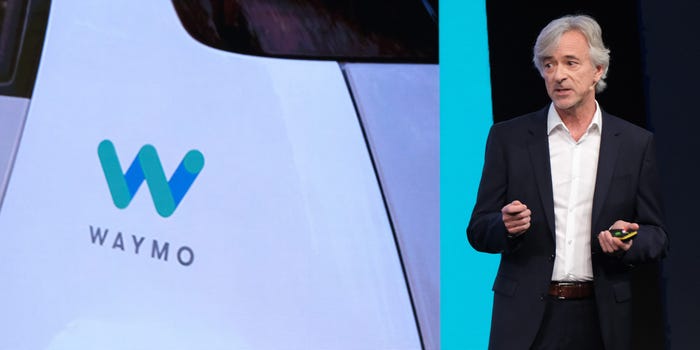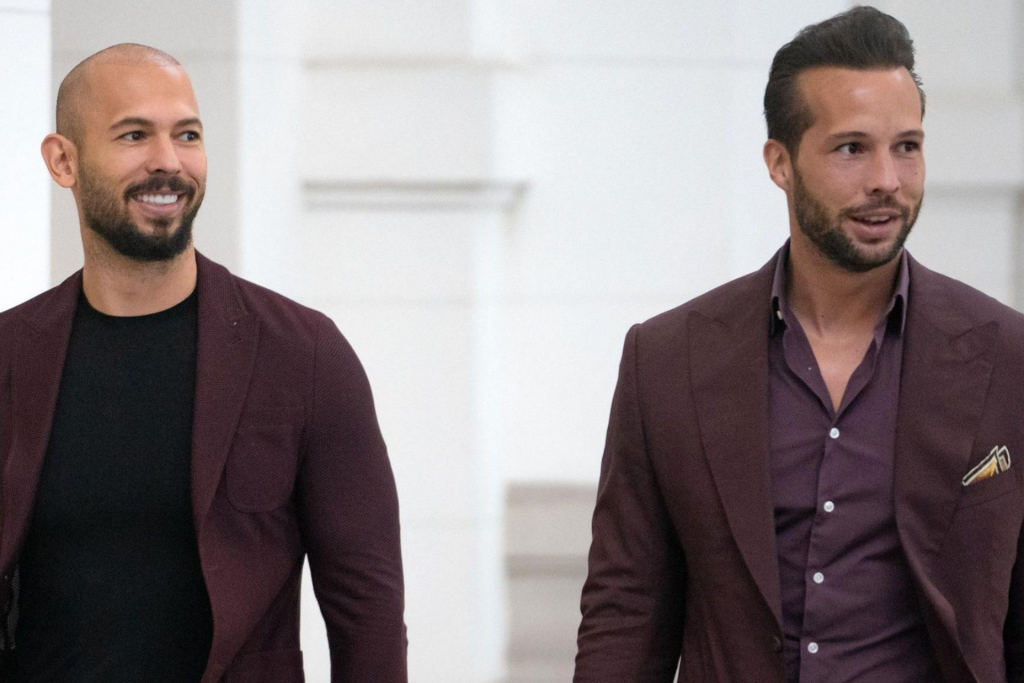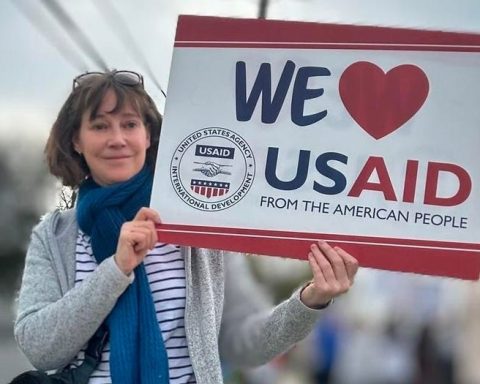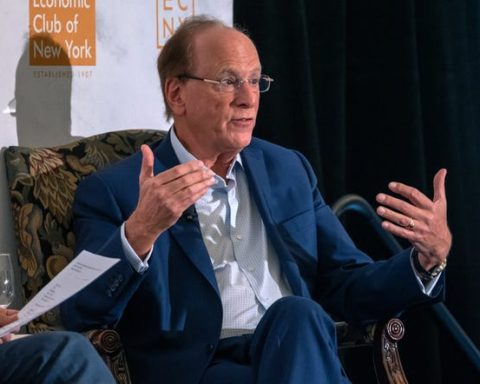Former Waymo CEO John Krafcik revealed to Business Insider that Waymo stands alone in the robotaxi sector, boasting an unmatched blend of scale, safety, and performance.
In 2021, as John Krafcik neared the end of his tenure as head of Alphabet’s Waymo, he downplayed Tesla’s viability as a competitor in the robotaxi arena, referring to Elon Musk’s EV company simply as an automaker with a “really good driver assistance system.” Fast forward four years, and his stance remains unchanged.
“Tesla has aspired to compete with Waymo for nearly 10 years, but they still don’t,” Krafcik stated in an email to Business Insider. “They’re a car company with a driver-assist system. They haven’t delivered a single fully autonomous revenue-generating ride yet, something Waymo is already doing a million times a month.”
Last year, Tesla showcased its robotaxi prototype, Cybercab, which features a sleek design without a steering wheel and accommodates two passengers. However, Wall Street was not impressed, and Krafcik echoed that sentiment.
“If a company were serious about building a safe and accessible robotaxi business, it would look nothing like what was shown,” Krafcik remarked after the October unveiling of the Cybercab.
Krafcik has consistently criticized Tesla’s aspirations in the robotaxi sector. He, along with many in the autonomous vehicle industry, asserts that effective and safe autonomous vehicles require both lidar sensors and cameras for environmental navigation. Conversely, Tesla and Musk are pursuing a camera-only strategy to deliver an autonomous driving solution without the expense associated with lidar sensors.
Krafcik argues against the cost argument, stating, “The cost of a robust sensor set, including lidar, is trivial on a per-mile basis. Even more so for mapping. And the safety benefits measured in human harm reduction are real and verifiable.” A representative from Tesla did not comment on the issue.
The competition landscape for robotaxis remains dynamic. Krafcik, who exited Waymo in April 2021 and is now on Rivian’s board, believes Waymo is far ahead in the autonomous ride-hailing market, despite other companies in the US and China launching their robotaxi services. For instance, Baidu’s Apollo Go reported delivering around 1.1 million rides in China during Q4 2024, while Zoox, an Amazon subsidiary, continues testing in cities like San Francisco and Las Vegas, with plans to launch publicly later this year. Musk has also committed to providing fully autonomous rides in Austin by June.
Waymo announces it’s facilitating over 200,000 rides weekly across its operating cities, including Los Angeles, Phoenix, and San Francisco, with expansion strategies underway in the US and recent testing in Tokyo.
“At the moment, Waymo has no competition,” Krafcik, who has also previously led Hyundai Motor America, stated. He expressed admiration for Waymo’s scale, safety, and performance, forecasting that the company will continue leading for at least the next three to five years.
“They are the only company in the world successfully deploying an embodied AI replacement for a licensed human driver that can be integrated into any vehicle — and doing this at scale with third-party data verifying significant performance and safety advantages over human drivers,” he concluded.
A representative from Waymo did not comment on this assertion.
Regarding Zoox, Krafcik expressed “high hopes” and acknowledged the meticulous approach the company is taking to enter the market. Nonetheless, he remarked that Zoox’s robotaxi operations are on a smaller scale, more reminiscent of Waymo’s early days in 2018.
While withholding names, Krafcik expressed skepticism towards Chinese competitors, pointing out that their autonomous technologies do not match Waymo’s standards, particularly since they have not successfully launched robotaxi services in the US. As an example, Pony.ai, a Chinese startup, had its California permit revoked in May 2022 due to driving infractions.
Spokespeople from Zoox and Pony.ai did not provide comments.
The future for Waymo, according to Krafcik, will extend beyond a standalone ride-hailing service. He envisions the company implementing a subscription service for “guaranteed Waymo Driver access” and autonomous driving technology adaptable for large trucks and personal vehicles.
Some analysts predict a potential IPO for Waymo and its separation from Alphabet as its business progresses. Gene Munster of Deepwater Asset Management suggested in November that Waymo might spin out from Alphabet within two to four years, possibly reaching a valuation between $350 billion and $850 billion by 2030.
Krafcik, who facilitated Waymo’s transition into an independent Alphabet division in 2016, stated, “There’s no rush.” He emphasized, “Waymo has a deep, smart group of patient investors. There’s no rush — they’re not like the other wanna-be AV companies tapping public markets for quick cash to survive. Most of these companies don’t have the technology to deliver their promises and will likely fail.”







